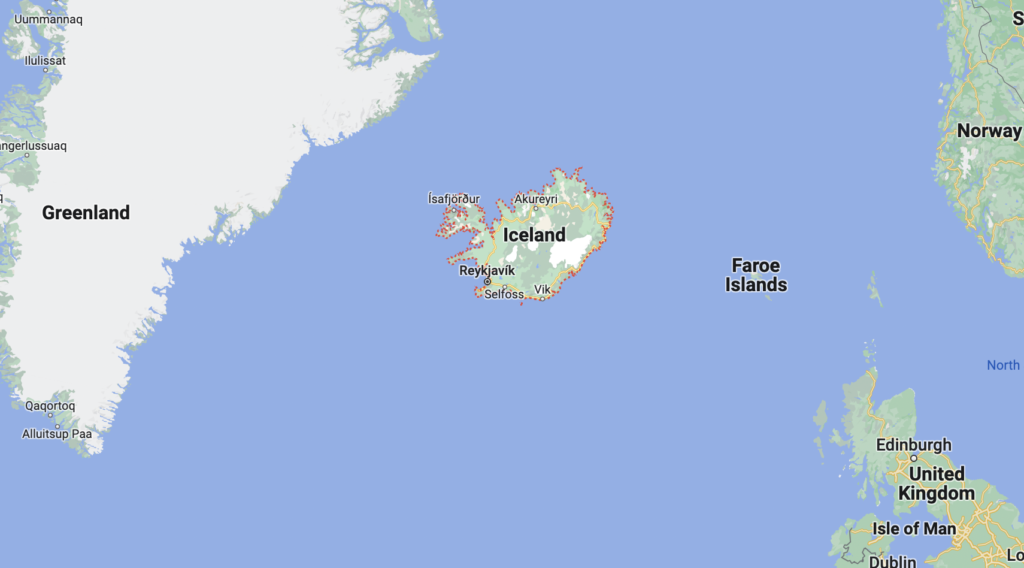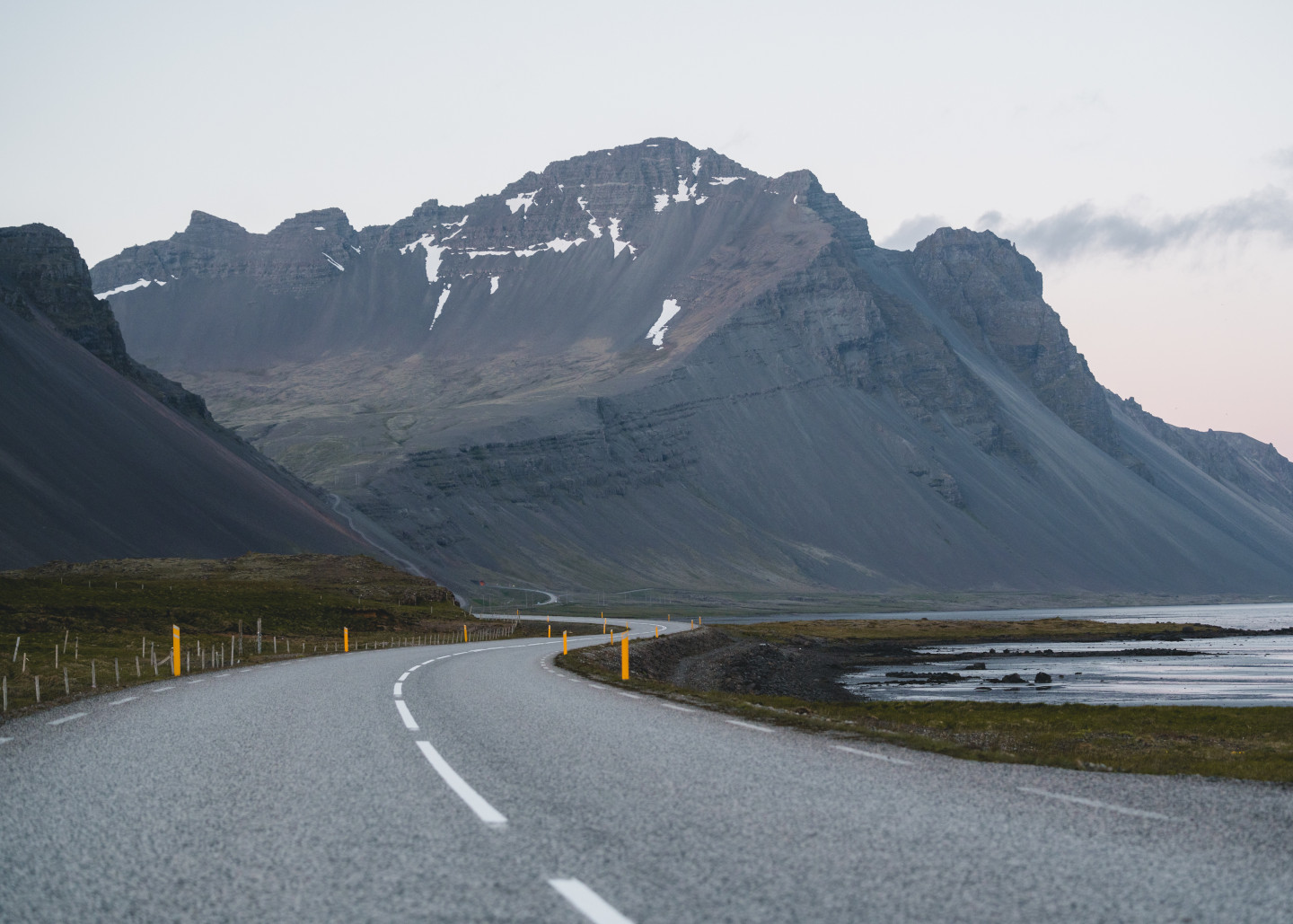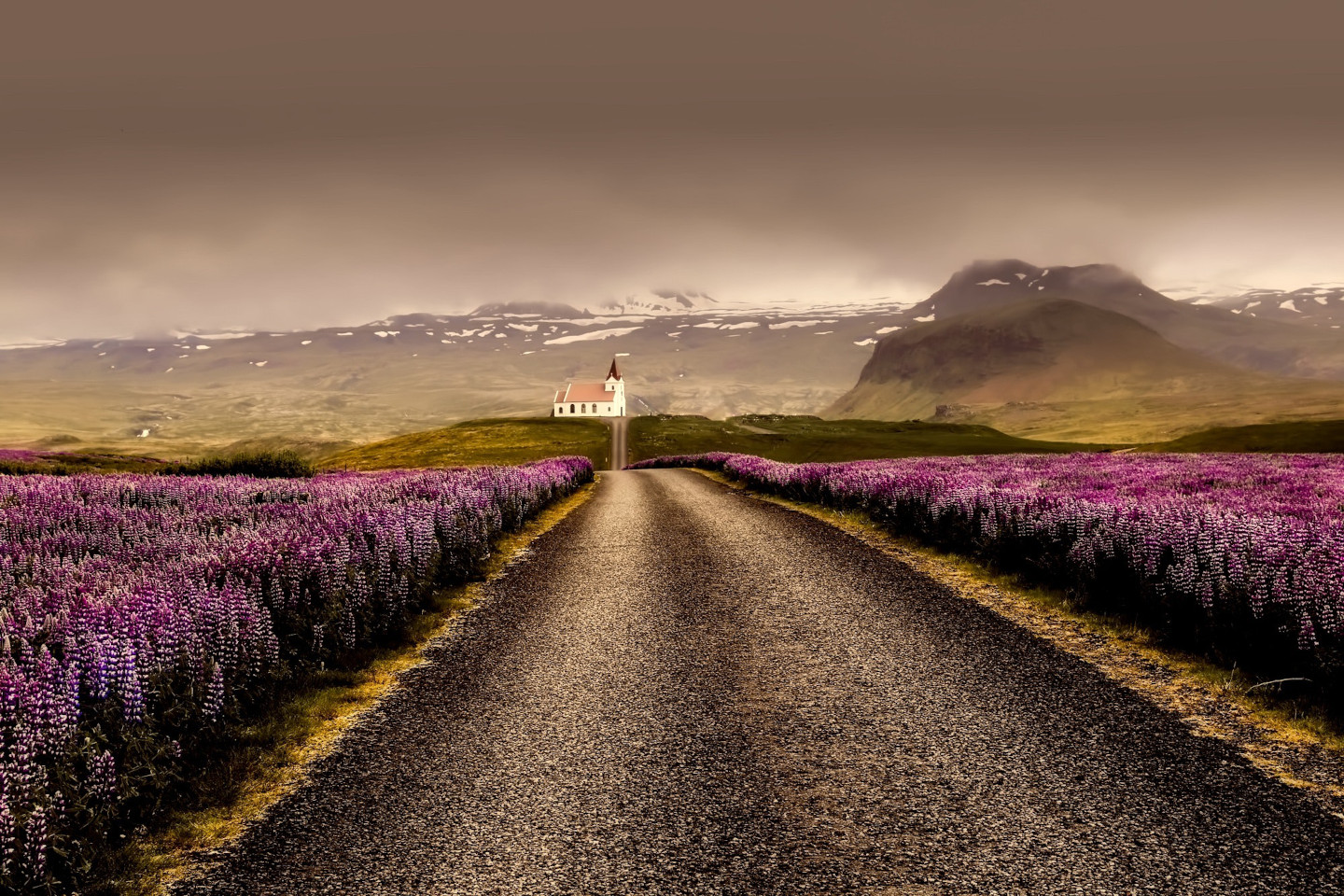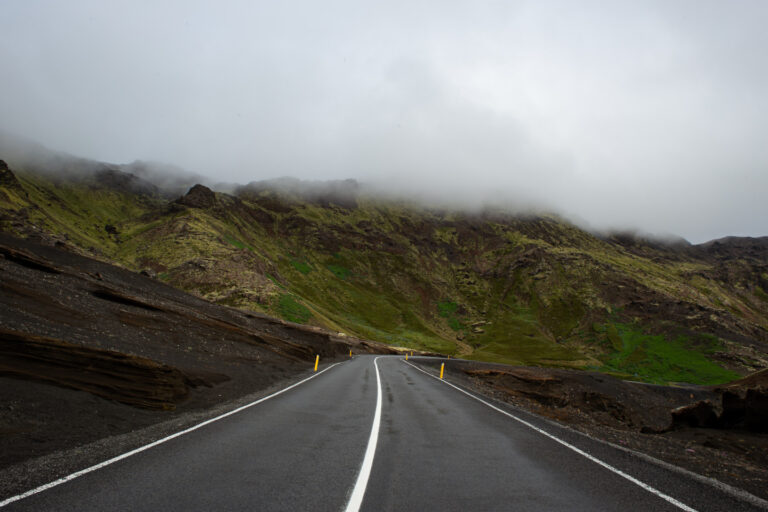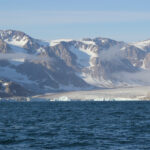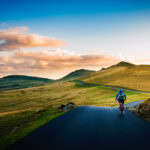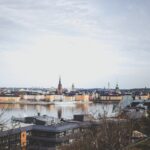8 Day Self-Drive Circle Tour of Iceland
8 Days
Scandinavia & Iceland
Tour Overview
- Roundtrip Airport
- Transfers throughout the program.
- Transfers to the excursions.
- 6nts Accommodation including Breakfast.
- Excursions as outlined in the program.
- Private transport from Hito Cajon to Uyuni.
- Catamaran sailing in La Paz.
- Meals s per the itinerary.
- Permanent assistance in each destination.
- Raincoats and boots in Uyuni in rainy season.
- International or domestic airfare.
- Services and non-mentioned meals / drinks in the itinerary.
- Early check-in, late check-out, and hotel extra
- Personal expenses.
- Tips for guides and hotel staff.
Pick up your rental car at Keflavik international airport
Just a short drive away from KEF Airport, the Blue Lagoon in Iceland is the best-known spa in the country. Take a dip into warm geothermal waters and surround yourself with top Icelandic nature.
Imagine soaking in geothermally heated water that’s rich in minerals and surrounded by epic landscapes. Relaxing in this environment is good for your skin and a real treat for mind, body, and soul. The iconic white silica mud mask is also free to all lagoon guests.
Reykjavík is the world’s northernmost capital, with a population of only 123,000 (approx..), but what it lacks in terms of the populace, it makes up for in culture and excitement. Reykjavík has a vibrant cultural and design scene, with plenty of exciting adventure tours, museums, galleries, shops and bars for you to explore throughout your stay.
Reykjavík’s town center is relatively small, which makes it easy to explore on foot. Laugavegur and Skólavörðustígur are the city’s main shopping areas, with the latter being ultra-trendy and increasingly popular. This area is decorated with very cool and alternative street art and leads up to Hallgrimskirkja Church. The church itself is one of the most iconic and instantly recognizable buildings in Iceland and reminiscent of something you might see in Lord of the Rings. Inside, modern art furbishes the foyer, iPads offer a wealth of additional information and an elevator takes visitors to the top of the building, where they can enjoy awe-inspiring panoramic views of the city. For all the culture vultures out there, Reykjavík’s Harpa Concert Hall is a nailed on must-see experience. The impressive contemporary structure cost $164 million to build over a four-year period. The glass and steel work is nothing short of breathtaking, and the designs’ impressive detailing will keep those that way inclined entertained for hours.
The Golden Circle has for a long time been popular among visitors to Iceland. And for a good reason, it includes the most popular natural wonders of South Iceland, Geysir geyser, Gullfoss waterfall and the majestic Þingvellir.
The Golden Circle showcases some of the most beautiful natural wonders of Iceland. Along the way you can see glaciers and volcanoes, not to mention the incredible Þingvellir.
A favourite stop along the Golden Circle is the highly active Geysir Hot Spring Area with boiling mud pits, exploding geysers and the lively Strokkur which spouts water 30 meters (100 ft) into the air every few minutes. The new ly opened Geysir Center offers exhibits and informative presentations year-round.
Gullfoss is one of the most popular tourist attraction in Iceland and part of the Golden Circle, and the waterfall is by many considered one of the most beautiful waterfall in Iceland. It is situated in the upper part of the Hvita river. The water cascades down in two stages, one 11 m (36 ft) high, and the other 21 m (69 ft), into the 2,5 km (1.6 mi) long crevasse below. This crevasse was created at the end of the Ice Age by catastrophic flood waves and is lengthened by 25 cm (9.8 in) a year by the constant erosion from the water.
Thingvellir is a favourite stop among tr avellers along the Golden Circle route. It has been a National Park in Iceland since 1928 and was named a World Heritage site by UNESCO in 2004. When Viking settlers arrived in the 10th century it was the site they chose as the meeting place of Althing, the world’s first parliament .The location may seem a bit out of the way, but the unique geology created a natural amphitheatre perfect for public speaking including the high rock wall of Logberg (Law Rock), where the laws of the land would be recited from memory.
Skógafoss waterfall is one of Iceland’s most well-known waterfalls. It is 60 m tall (197 ft) and 25 m wide (80 ft), making it one of the largest waterfalls in the whole of Iceland. It is located near the village of Skógar along the Ring Road, around a two-hour drive away from Reykjavík, making it the perfect place for a day out.
Skógafoss is a very powerful waterfall, and due to the amount of spray it produces, single and even double rainbows are often seen on sunny days.
Seljalandsfoss waterfall is one of the most popular sites in Iceland. The waterfall cascades from ancient sea cliffs, dropping over 60 meters (197 feet) with intense power into the pool at your feet. The water flows from the Seljalandsá river, which has its origin at the infamous volcano glacier, Eyjafjallajökull.
Eyjafjallajökull is a glacier-volcano completely covered by a massive 100 km2 icecap. The volcano is 1651 meters tall at its highest point and the crater itself has a diameter of 3-4 kilometres.
Eyjafjallajökull is not only known for its famous volcanic eruption, but also for its unpronounceable name!
The cliffs around Vík are one of the best places in Iceland to see puffins and other seabirds.
The small seaside village of Vík, also known as Vík í Mýrdal, is the southernmost village in Iceland. It has around 300 inhabitants, making it the largest settlement in the area.
Seljalandsfoss waterfall is unique because it is possible to walk behind the waterfall, where you can see the world from the other side through the falling water. The views and the sounds from behind the waterfall are astonishing! You can access the path to go behind the falls easily during summer even if you will get a little bitwet from the drizzle.Dyrhólaey, which c an be translated into English as ‘The Hill Island With The Door Hole’, is a small peninsula famous for its naturally shaped 120-meter (394 feet) high arch formation. You see wonderful views of the black sand beaches around the village of Vík from here. Going down to explore these beaches, you will appreciate how powerful these waves can be.
Don‘t stand too close to these waves, nor go too close to the water, because they can roll much higher up the beach. A truly spectac ular sight but dangerous if you get too close! The century-old castle-shaped lighthouse at Dyrhólaey is no longer just a regular lighthouse. The interior has, in fact, been renovated and converted into a luxury hotel.
Reynisfjara black sand beach has nothing to envy from the typical golden-sandy beaches. This volcanic beach with basalt columns, lava formations, towering cliffs and basalt column caves is totally unique and breathtaking. In fact, it has been ranked as one of the ten most beautiful non-tropical beaches in the world by the American journal, Islands Magazine.
Journey across the sands of glacier rivers and moss-covered lava fields further east. At Skaftafell – the green oasis surrounded by glacial outlets and sands of glacial rivers – we have a chance to take a walk to Svartifoss waterfall.
Skaftafell also offers the best vantage point to view Hvannadalshnjúkur – highest mountain in Iceland.
family friendly activity / Skaftafell:
Glacier hike
As a glacier lagoon, Jökulsárlón is a lake that is filled with the meltwater from an outlet glacier. In this case, it is Breiðamerkurjökull, a tongue of Europe’s largest ice cap, Vatnajökull.
It stands out, however, due to the fact that it also fills with icebergs breaking from the glacier, some of which tower several stories high.
These icebergs, other than their scale, are notable for their colouration. Although they are, as expected, largely white, most are also dyed electric blue in part, with black streaks of ash from eruptions centuries past.
When the icebergs finally make it across the lagoon, they either drift out to sea or wash up on the nearby shore. Because of the way they glisten against the black sands of Breiðamerkursandur, this area has been nicknamed ‘the Diamond Beach’.
We drive further towards Höfn and continue to Djúpivogur and stay overnight in one of the villages of the Eastfjords.
The Eastfjords are a truly unique area found in the east most part of Iceland. During the last ice age, the fjords were carved into the lava that was pre-existing which was then again altered by new eruptions that happened underneath the ice caps covering the area. The Eastfjords are a home to great waterfalls, lava caves, great history, museums, charming villages, amazing wildlife and hiking trails and any Iceland enthusiasts shouldn’t visit without a stop here.
Family friendly activities:
Vox Geo thermal floating pools – open daily, 12:00-22:00 pre book on line
Dettifoss, the most powerful waterfall in Europe and is widely regarded as the most awesome! It is impossible to be underwhelmed by the thundering sound as the falls drop 44 meters (144 ft) through Dettifoss. The spray generated by this volume of water has to be seen to be believed! Dettifoss waterfall os one of the locations that together form the Diamond Circle of North Iceland. The four stops are Húsavík, Ábyrgi Canyon, Lake Mývatn and Dettifoss waterfall.
There are plenty of ways to go around when exploring the thunder-wonder including a footpath down to the falls from the parking lot and a great viewing platform where you can take in all the glory.
Dettifoss is a fabulously wide waterfall, reaching over 100 meters (328 ft) across a sturdy grey-coloured rock foundation where it drops at the greatest force it is famous for. The thundering
sounds of the plunge can be heard well before you start seeing the waterfall boosting the experience of a visit to another level and giving you that tingly excitement in your stomach as you approach the site.
All around the waterfall you will find amazing locations and gems to explore while checking Dettifoss off your Iceland bucket list. The incredible force of Jökulsá river that feeds Dettifoss creates other unimaginably pretty waterfalls such as Selfoss and Hafragilsfoss which you can visit on foot.
Crossing the Möðrudalsöræfi desert land * Möðrudalur the solitary farm with a little church built by a farmer who used to live on the farm * view of Mt Herðubreið, the queen of the Icelandic mountains
If you have decided for a 4WD type of car, then you have the possibility for a detour to Snænautasel. This is a turf house built in 1843 on
the riverbank in the middle of the desert land.
Lake Mývatn
Explore the various sights at Lake Mývatn with thousands of nesting birds * various volcanic phenomena: lava fields, volcanic craters and mountains, pseudo craters, lava rock formations, solfatara field with boiling mud pits and roaring steam vents * the Nature Baths geothermal lagoon with a possibility for a relaxing bath in pleasantly warm water and great views over the area.
The Mývatn Nature Baths are magical Icelandic waters location next to the Ring Road in North East Iceland. Soak in the mineral waters and revel in the incredible views. Relax in the hot spring steam baths and enjoy a meal at a delicious restaurant. A must-visit place in North Iceland and one of the best pools in the country.
Visit Goðafoss waterfall and then continue directly to Akureyri, via the recently opened tunnel (tunnel toll!), or by crossing the Víkurskard mountain pass. Spend some time to get acquainted with this charming town, explore its surroundings.
Akureyri, the capital of the north – the administrative, cultural and educational centre of North Iceland and one of the most beautiful Icelandic towns. In the downtown area you will find several cosy cafés, restaurants, shops, art galler ies and charming wooden houses. In t he town and its vicinity there are several interesting museum, such as folk museum, Nonni house, Industry museum, motorbike museum, aviation museum, to name but a few : Sights not to be missed / Akureyri church; a walk through the northernmost botanical garden will surprise you with vivid colours and selection of plants you might not expect to find so close to the arctic circle.
Today we explore the gems of Borgarfjörður area. Visit the historical Reykholt and learn about Icelandic sagas. Enjoy the nature surrounding the beautiful Hraunfossar and Barnafoss waterfalls; check out Europe´s most productive hot spring – Deildartunguhver – and perhaps take a relaxing bath at Krauma Spa next to the hot spring. There is also the option of doing the Into the Glacier excursion on Langjökull glacier or a visit to a lava cave before continuing the drive south towards the capital.
Reykjavík is definitely a family friendly city thanks to Iceland being a safe country, with many open spaces to have fun, interactive museums, and outdoor activities.
Things to do:
In the Laugardalur area of Reykjavík, you’ll find the Family Park as well as the city’s Botanic Garden. In the Family Park, there are plenty of fun things to do with kids, from carousels to taking boats on the water.
Feed the ducks at Tjörnin
Don’t have a whole day to spend playing around the parks of Reykjavík? We recommend at least stopping by the central pond, Tjörnin. In fact, it’s likely that during your visit you’ll walk along Tjörnin as it is an important feature of the city centre.
Kids will enjoy having a walk or run in the surrounding gardens. It is the perfect location to feed the ducks with your children or to spot some local birdlife.
Árbær open air museum
The open-air museum is ideal if you want to immerse yourself in history. The museum is almost like a small town, put together to recreate how Icelanders used to live in the past. Different exhibitions highlight specific periods of the local history.
You’ll find more than 20 buildings to explore and plenty of activities like craft days, vintage car displays, Christmas exhibitions and more.
Perlan Exhibition
Sitting atop Öskjuhlíð just outside the city centre, you can’t miss the Perlan, or “The Pearl”. With its glass dome and water tanks, it’s a sight to behold. Don’t hesitate to go in to take part in the interactive exhibition.
Here you’ll find augmented reality entertainment focusing on the natural wonders of Iceland. Discover the sheer power of the volcanoes, earthquakes and geothermal energy. Or come admire northern lights, summer and winter alike, at Iceland’s only planetarium. And kids will love to walk through the world’s first indoor ice cave.
After your visit, pop over to the impressive 360-degree deck for stunning views over Reykjavík.
Icelanders love ice cream, and you can’t leave the island without trying the local favourite. Ísbúð Vesturbæjar is the institution of ice cream in Reykjavík. It is a small shop in the city’s west end and people will queue for a cone come rain or shine.
You could also try Valdís in the long turquoise storage buildings at the far end of the city’s old harbour.
Because of its geothermal energy, Iceland boasts several public swimming pools that are heated and open all year long. Reykjavík alone has nearly 20 of them!
One of the most fun pools to visit is Laugardalslaug. It is equipped with a water slide, hot tubs, and kiddie pools for little ones to goof around in.

